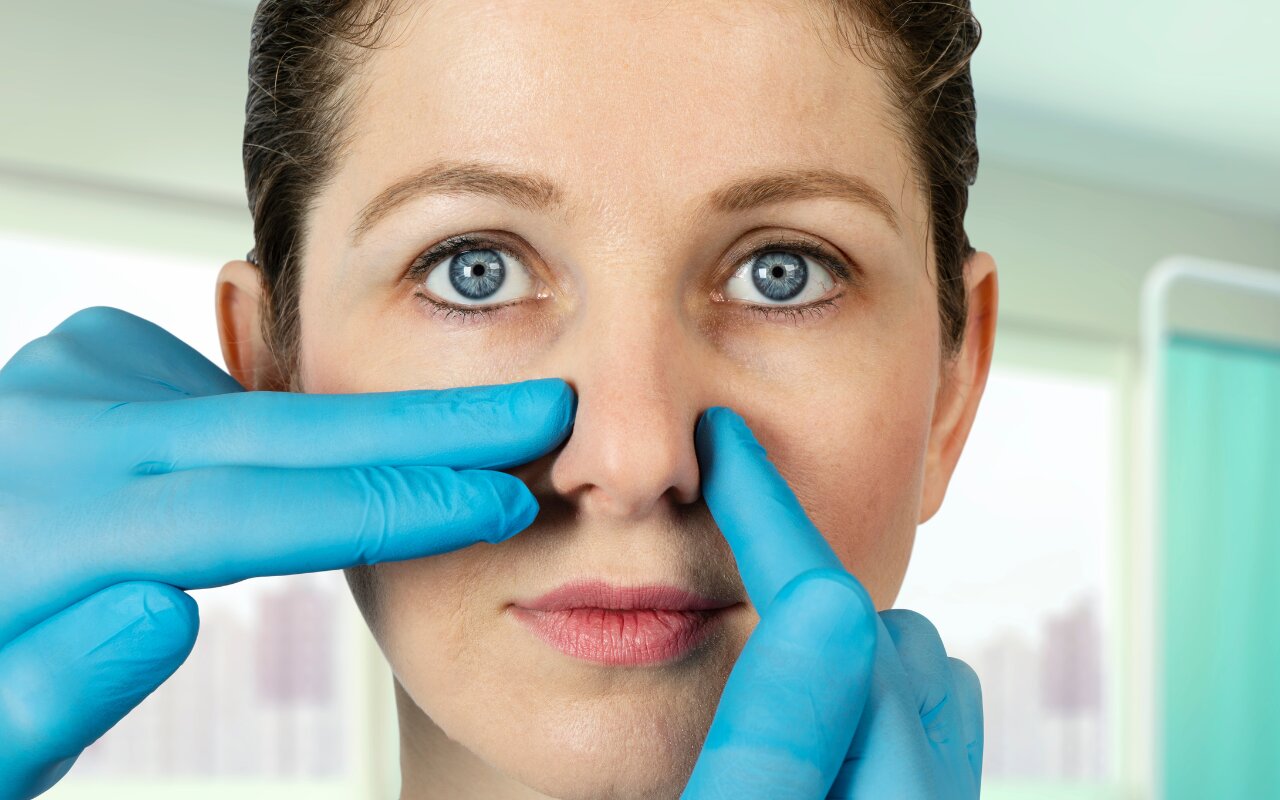Experiencing floating silicone after a rhinoplasty can be concerning. It’s essential to identify the causes of this issue and learn how to prevent it, ensuring that your nose surgery results in a beautiful, natural appearance without needing further corrections.
What is Floating Silicone?
Floating silicone occurs when the silicone implant inserted during rhinoplasty fails to anchor properly, remaining mobile even after the initial healing period. Patients may notice the silicone seeming to float or shift, especially at the tip of the nose. This condition can affect both men and women after surgery. If you notice this symptom, it's crucial to consult your surgeon promptly for corrective measures.
Causes of Floating Silicone

Floating silicone can result from various factors, which can be grouped into two categories: patient-related actions and surgical techniques.
- Patient-Related Factors:
Impact or Trauma: The risk of floating silicone increases if the nose is subjected to strong impacts during the first 3 to 6 months post-surgery. Activities such as accidentally dropping a phone on the nose or rough handling can lead to silicone displacement before it properly settles.
Inappropriate Handling: Excessive touching or manipulation of the nose can cause the silicone to shift if the nose hasn’t fully stabilized.
2.Surgical Techniques:
- Incorrect Placement: If the surgeon doesn’t place the silicone at the appropriate tissue layer, it may fail to anchor effectively, leading to a floating appearance.
- Multiple Surgeries: Patients who have undergone several rhinoplasties may face complications related to floating silicone, especially if unsuitable materials are used.
- Size Mismatch: Using silicone that doesn’t align with the original nose structure or attempting an overly pronounced look can exacerbate this issue.
- Aggressive Reshaping: Excessive rasping during surgery may also lead to silicone moving out of its intended position.
How to Identify Floating Silicone
If you're worried about whether your silicone is floating or if it's simply an early post-surgical condition, here’s what to look for:
Post-Surgery Evaluation: Approximately 3 to 6 months after surgery, your nose should ideally be stable. If, upon gently touching the center of your nose, the upper or tip section lifts, this may indicate floating silicone. If you’ve experienced any impacts prior to this assessment, consult your surgeon immediately instead of waiting for the full recovery period.
Is Floating Silicone Dangerous?
In most instances, floating silicone is not dangerous if there are no signs of inflammation or redness. It can often be left alone. However, patients with floating silicone may develop a crooked or misaligned nose, which can negatively impact self-esteem and lead to a desire for further corrections.
Correcting Floating Silicone

If you find yourself dealing with floating silicone, the most effective solution is to undergo another rhinoplasty. Surgeons typically use various techniques, such as:
- Slope and Tip Enhancement: This approach can create a harmonious and aesthetically pleasing nose shape while minimizing the risk of future floating.
- Nasal Base Restructuring: Techniques like nasal base repositioning or reshaping may be employed when necessary.
- Switching to Cartilage Grafts: In certain cases, replacing silicone with cartilage grafts may provide a more stable outcome.
- Open Surgical Technique: This method allows for precise adjustments to the nose shape.
If you notice any irregularities following your rhinoplasty, do not hesitate to return to your surgical facility for an evaluation. Acting quickly can simplify corrective procedures and help restore your nose's beautiful shape more easily than waiting and dealing with complications later on.
Preventing Floating Silicone: Best Practices
Preventing floating silicone begins before your surgery. Understanding proper post-operative care and selecting an experienced surgeon are both vital steps. Kamol Hospital is renowned in Thailand for its expertise in rhinoplasty, offering stunning, natural results without the risk of complications. We are dedicated to ensuring your satisfaction and confidence in your appearance.
For more information, please feel free to reach out.
Kamol Hospital Comprehensive aesthetic services, ready to assist you!

